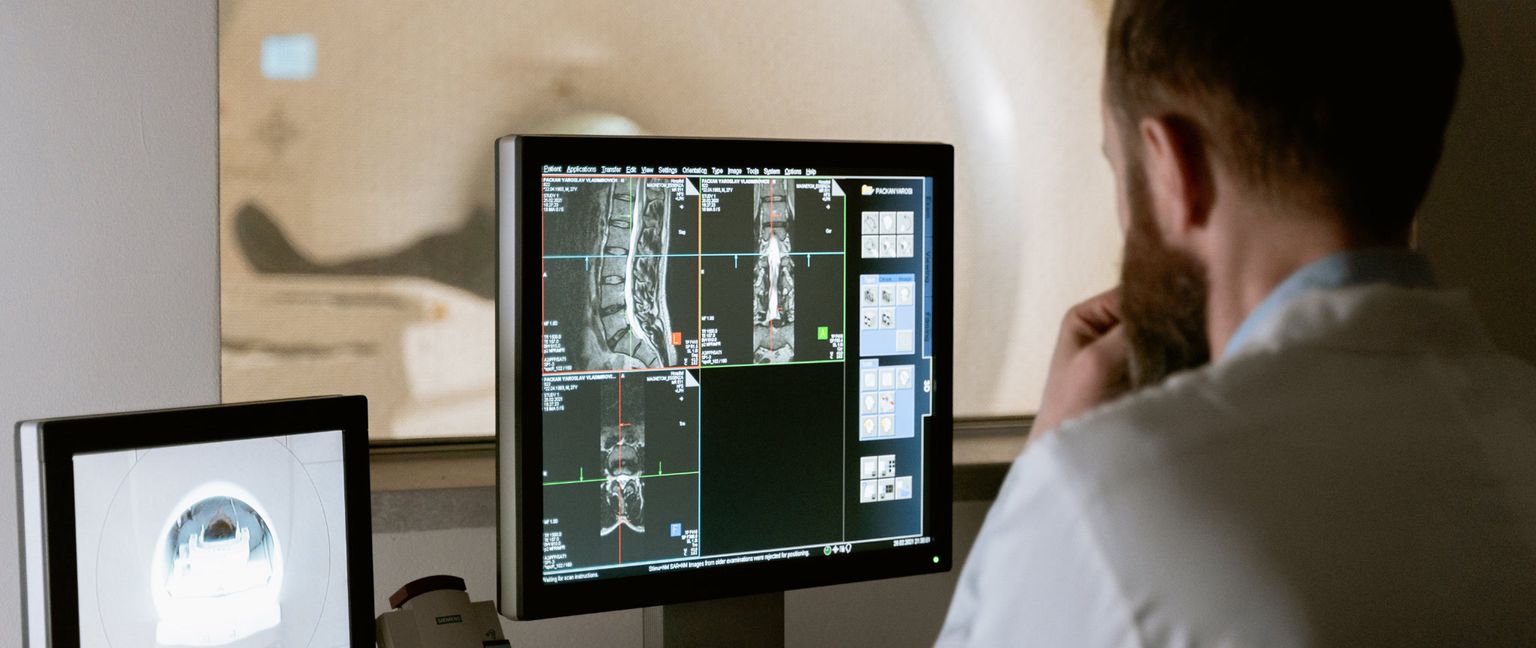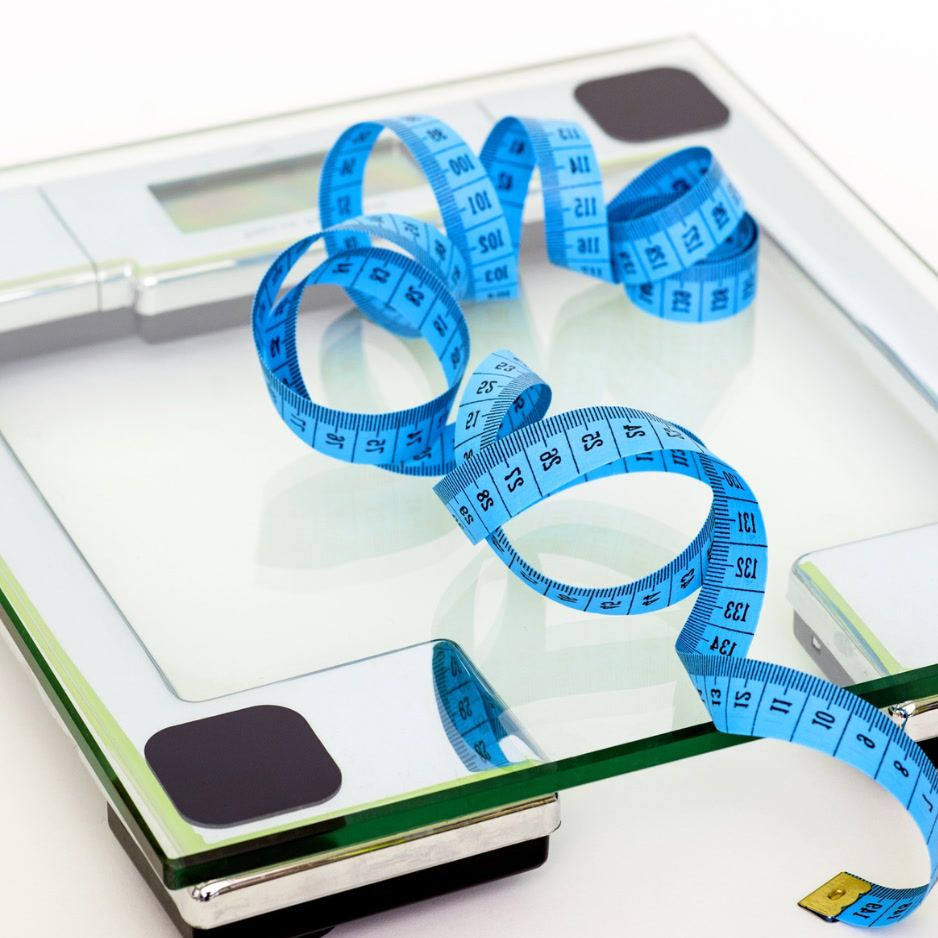What Is a CT Scan? Exploring the Benefits and Risks

What Is a CT Scan? Exploring the Benefits and Risks
A CT scan, also known as a computed tomography scan, is a medical imaging procedure that uses multiple X-ray images to create a detailed cross-sectional view of the body. It is a valuable tool in diagnosing and evaluating a wide range of conditions and injuries. However, like any medical procedure, CT scans also come with their own set of benefits and risks.
Get weekly updates.
Understanding the Basics of CT Scans
CT scans, also known as computed tomography scans, are a powerful medical imaging technique that utilizes X-ray technology to produce detailed images of the body's internal structures. This non-invasive procedure has revolutionized the field of diagnostic medicine, providing healthcare professionals with valuable insights into various medical concerns.
The science behind CT scans is fascinating. The process begins with the patient lying on a table that slides into a doughnut-shaped machine called a gantry. Inside the gantry, an X-ray tube rotates around the patient, emitting a series of narrow X-ray beams. These beams pass through the body and are detected by a ring of detectors on the opposite side of the gantry. The detectors measure the amount of radiation that passes through the body, creating a digital image.
These X-ray images are then processed by a computer to create cross-sectional images, which can be further reconstructed into detailed 3D images. This allows healthcare professionals to examine and analyze both the structure and function of organs and tissues in great detail. The level of detail provided by CT scans is unmatched by other imaging techniques, making them an invaluable tool in the field of medicine.
Common Uses of CT Scans in Medical Practice
CT scans have become an essential tool in medical practice due to their versatility and ability to provide valuable diagnostic information. One of the most common uses of CT scans is in the evaluation of injuries, such as fractures. These scans can accurately detect and assess the extent of bone fractures, helping healthcare professionals determine the appropriate treatment plan.
In addition to evaluating injuries, CT scans are also used to detect and monitor various medical conditions. For example, they are highly effective in identifying and characterizing tumors. By providing detailed images of the affected area, CT scans help oncologists determine the size, location, and spread of tumors, guiding treatment decisions.
CT scans are also invaluable in diagnosing and monitoring infections. They can detect the presence of infections in various parts of the body, such as the lungs, abdomen, or pelvis. This allows healthcare professionals to initiate appropriate treatment promptly.
Furthermore, CT scans are frequently used to assess internal bleeding and organ damage. In cases of trauma or internal injuries, CT scans can quickly identify the source and severity of bleeding, helping healthcare professionals make critical decisions regarding surgical intervention.
Another important application of CT scans is in interventional procedures. During surgeries or biopsies, CT scans can guide medical professionals, ensuring precise placement of instruments and minimizing the risk of complications.
In conclusion, CT scans are a vital tool in modern medicine. By utilizing X-ray technology and advanced computer processing, these scans provide detailed and accurate images of the body's internal structures. From evaluating injuries to diagnosing medical conditions, CT scans play a crucial role in improving patient care and treatment outcomes.
Delving into the Benefits of CT Scans
CT scans offer several key benefits that contribute to their widespread use in medical practice.
Speed and Accuracy of Diagnosis
One of the main advantages of CT scans is their ability to quickly generate detailed images. This speed allows healthcare professionals to make timely and accurate diagnoses, enabling prompt treatment planning and intervention when necessary. In emergency situations, a rapid diagnosis can be critical in saving lives.
Non-Invasive Nature of the Procedure
Unlike invasive procedures such as surgeries, CT scans are non-invasive. The procedure involves lying still on a table while the scanner moves around you, capturing images without the need for any incisions or injections. This makes CT scans a preferred choice for patients who may not be suitable candidates for invasive procedures or who want to minimize discomfort and recovery time.
Ability to Detect Various Health Conditions
CT scans are highly sensitive in detecting a wide range of health conditions. They can identify internal injuries, abnormalities, and diseases in detail that may not be visible through other imaging methods. By providing precise anatomical information, CT scans aid in accurate diagnosis and treatment planning.
Evaluating the Risks Associated with CT Scans
While CT scans offer numerous benefits, it is important to consider the associated risks and take necessary precautions.
Exposure to Radiation
CT scans involve exposure to ionizing radiation, which carries a small potential risk of causing cancer. However, the radiation dose in modern CT scans is generally low and considered safe. Medical professionals carefully balance the potential benefits of the scan against the risks of radiation exposure, ensuring that the benefits outweigh any potential harm.
Potential Allergic Reactions to Contrast Material
In some cases, a contrast material may be used during a CT scan to enhance the visibility of certain tissues or blood vessels. While adverse reactions to contrast material are rare, they can occur. Patients with allergies, particularly to iodine-based contrast agents, should inform their healthcare provider prior to the scan to prevent any potential complications.
Risks for Pregnant Women and Children
Pregnant women and young children are more sensitive to radiation and have a higher risk of adverse effects. Therefore, precautions are taken to minimize radiation exposure during CT scans for these populations. Alternative imaging methods, such as ultrasound or MRI, may be considered when possible to reduce radiation exposure to the fetus or child.
Preparing for a CT Scan: What to Expect
Before the Scan: Instructions and Precautions
Prior to a CT scan, your healthcare provider will provide specific instructions tailored to your needs. These instructions may include fasting for a certain period, avoiding certain medications, or wearing comfortable clothing without any metal objects. It is crucial to follow these instructions to ensure the scan is accurate and safe for you.
During the Scan: The Procedure Explained
During a CT scan, you will lie on a table that slides into the scanner, which resembles a large, doughnut-shaped machine. The technologist will operate the scanner from a separate room but will be able to communicate with you through a speaker system. It is important to remain still during the scan to obtain clear images. The whole procedure generally takes only a few minutes to complete, although more complex scans may take longer.
After the Scan: Understanding Your Results
After the CT scan, the images will be reviewed by a radiologist, who will interpret the findings and generate a report. Your healthcare provider will discuss the results with you, explaining any identified abnormalities or conditions. If further evaluation or treatment is necessary, your healthcare team will develop a plan accordingly.
In conclusion, CT scans are invaluable tools in modern medical practice, offering accurate and detailed imaging of the body's internal structures. While they come with certain risks, their benefits in terms of speed, accuracy, and detection of various health conditions make them an essential part of diagnostic evaluation. When used appropriately and cautiously, CT scans provide vital information that aids in prompt and effective treatment.
To track your body composition, including body fat, muscle mass, and bone health, over time, consider BodySpec's affordable DEXA scans. These scans provide precise measurements and help you monitor changes in your body composition, enabling you to make informed decisions about your health and fitness goals.


